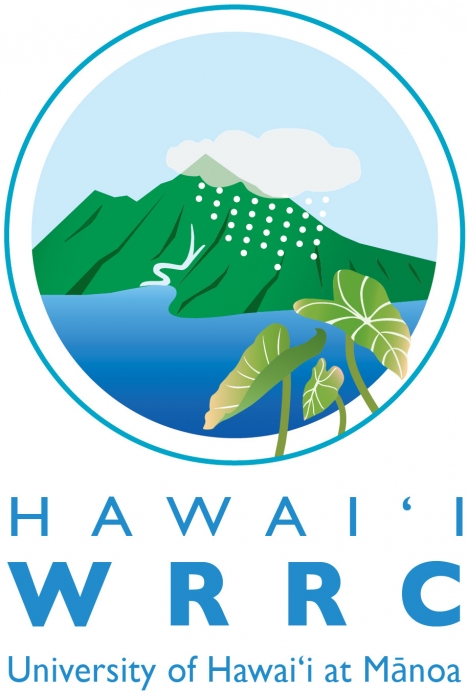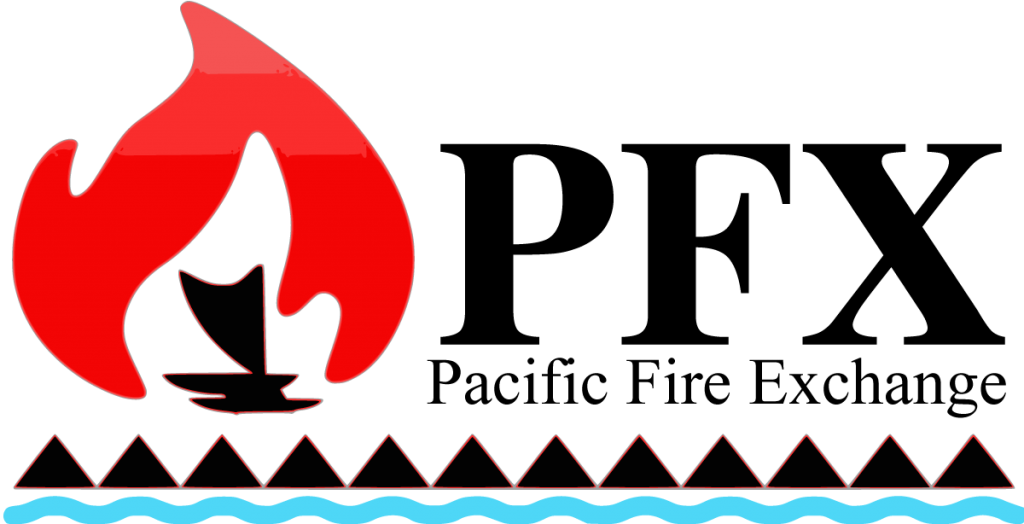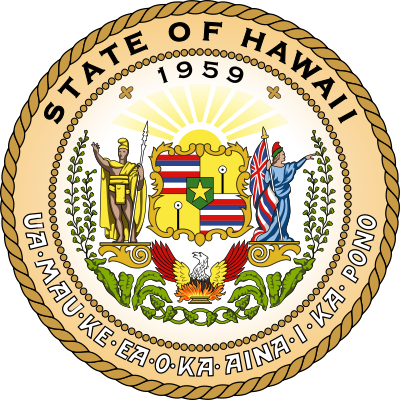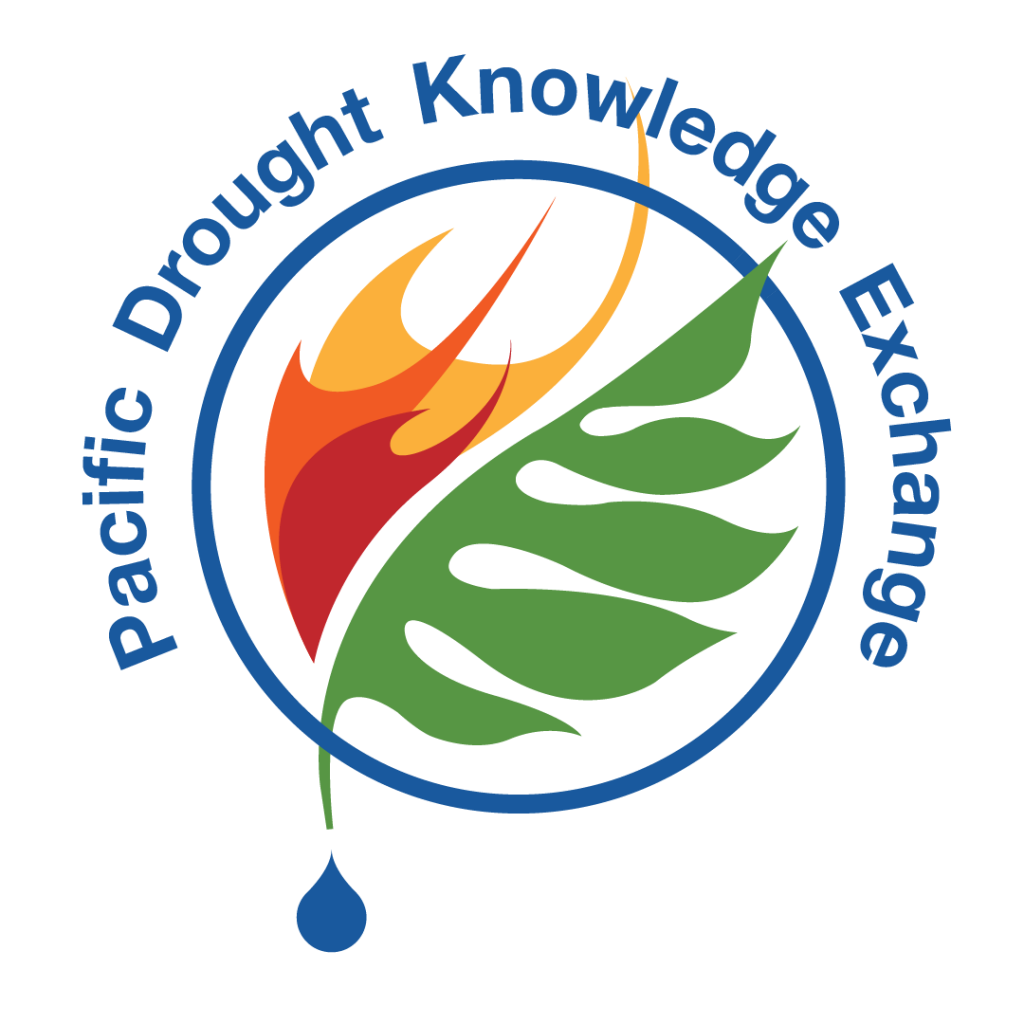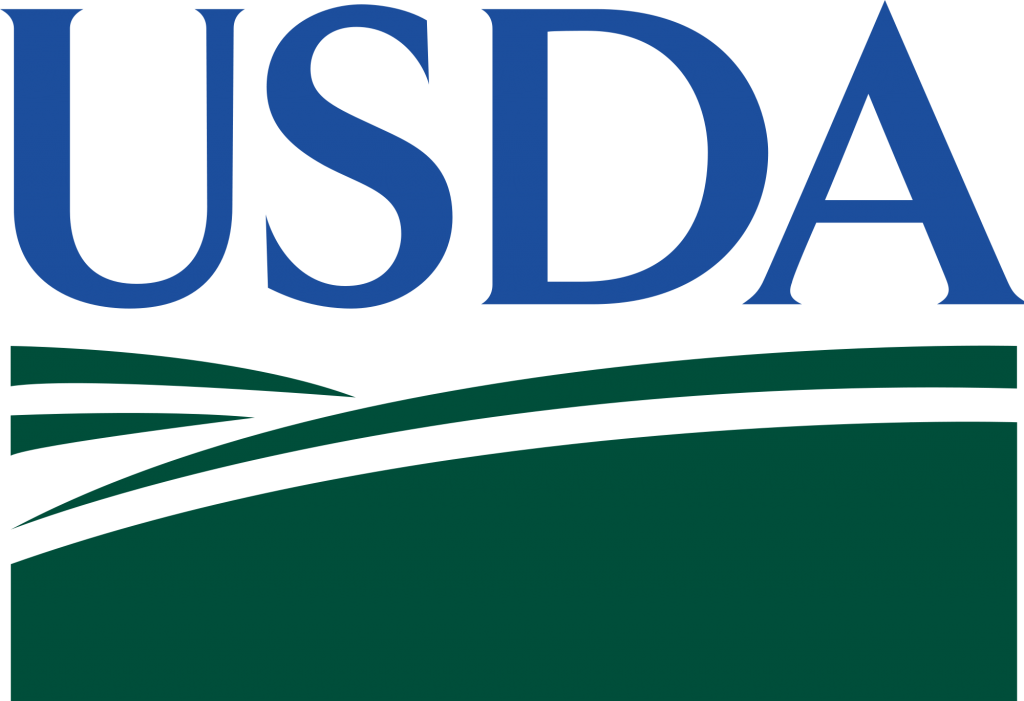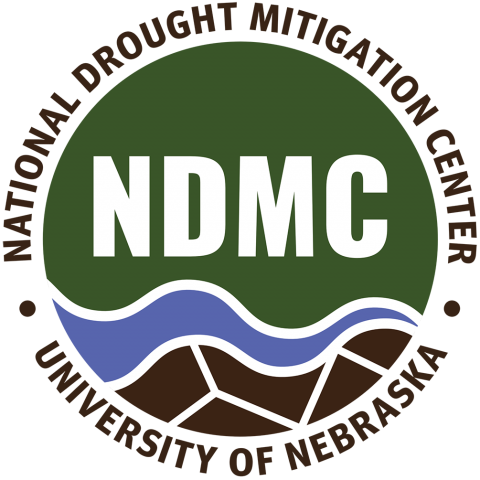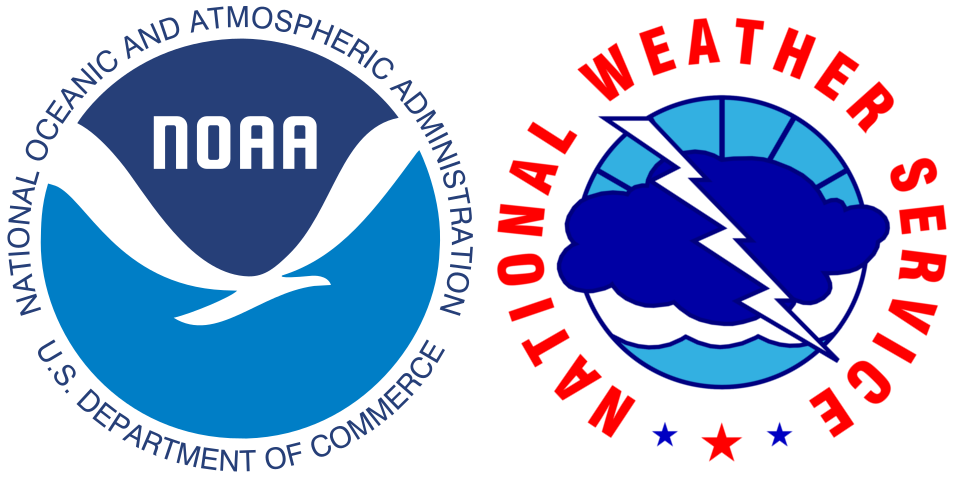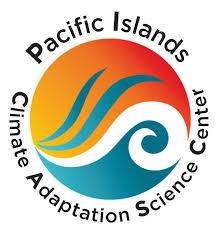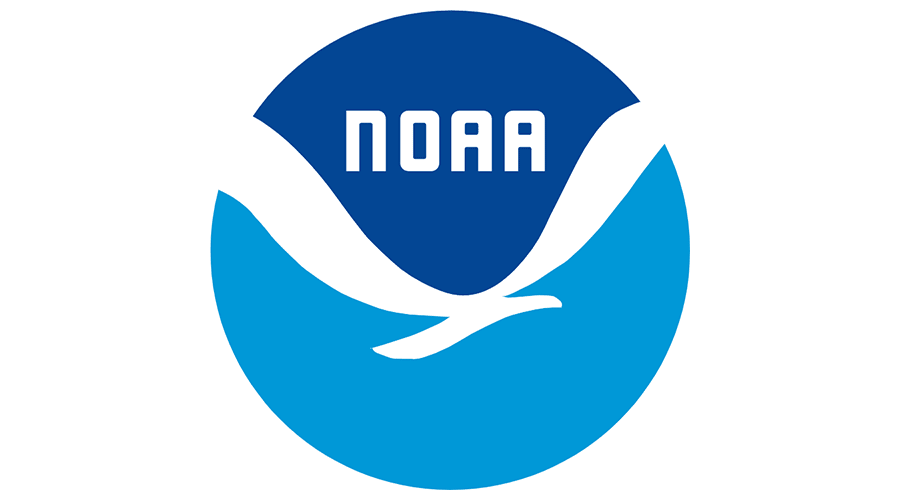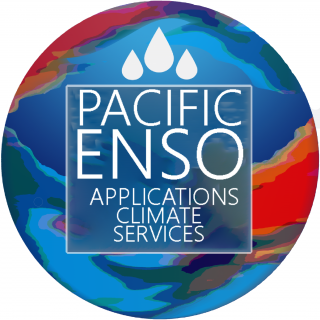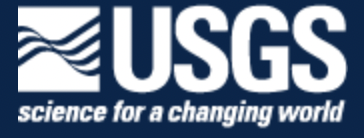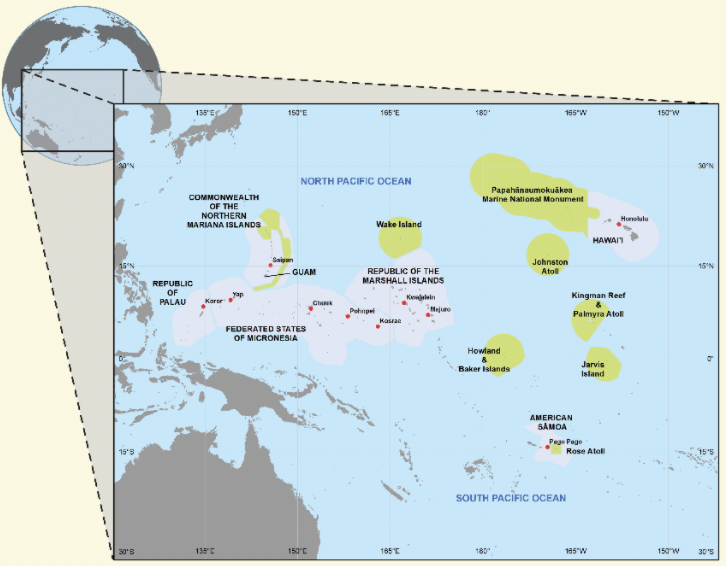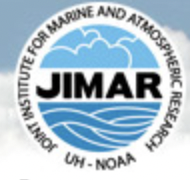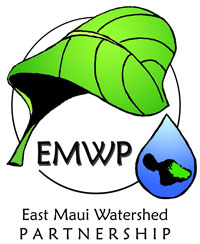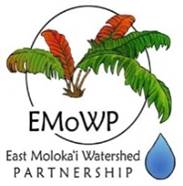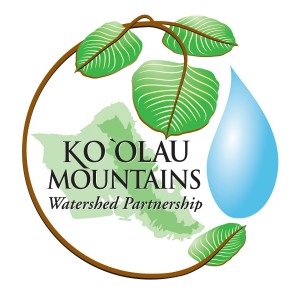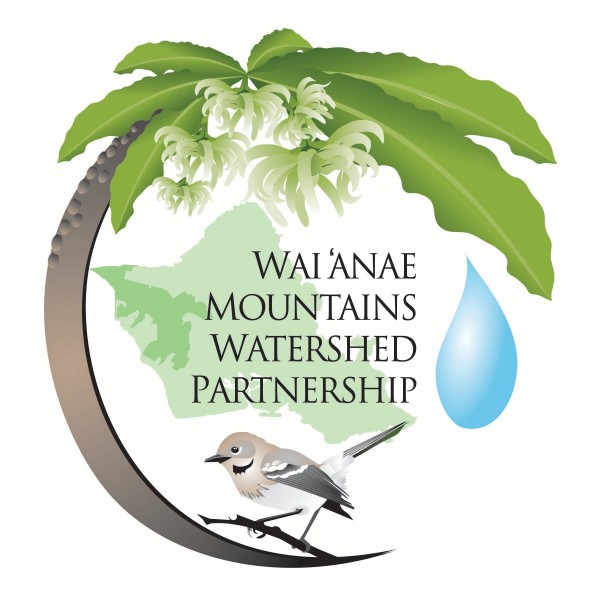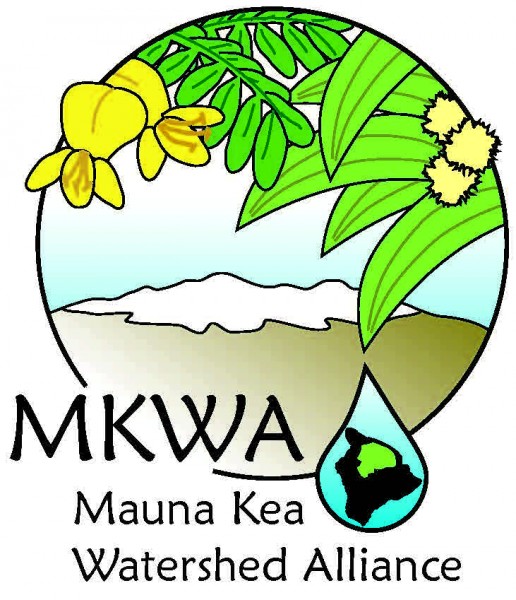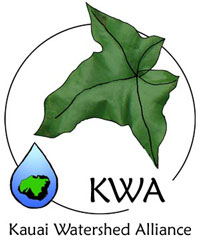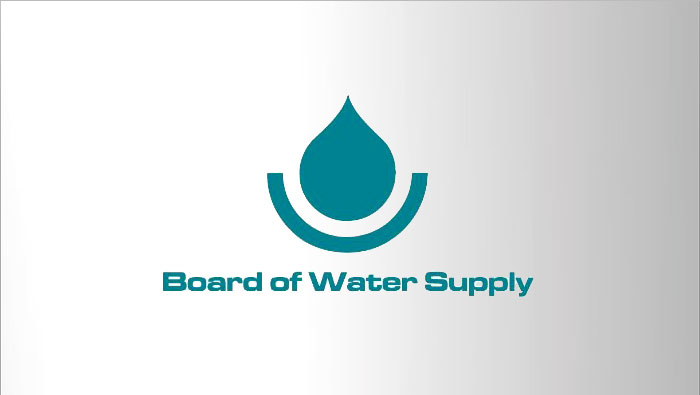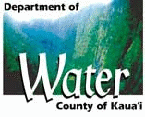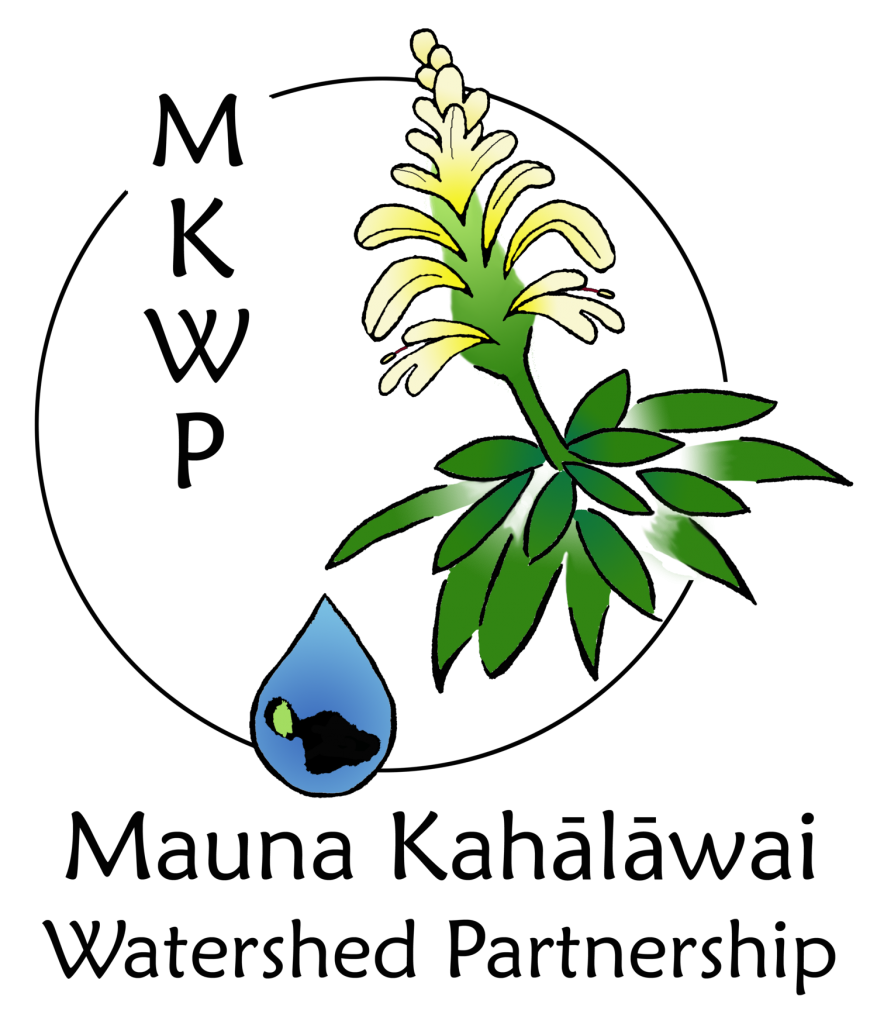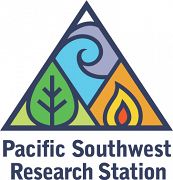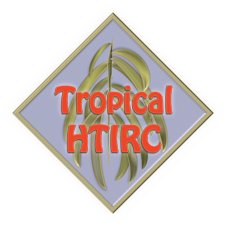Hawai’i WRRC
The Hawai’i Water Resources Research Center identifies solutions to water-related problems in the state of Hawaii and American Samoa.
USGS Pacific Islands Water Science Center
The USGS Pacific Islands Water Science Center provides data that helps address water-related issues as well as making decisions about water resources in Hawai’i and other islands in the Pacific.
Pacific Drought Knowledge Exchange
The Pacific Drought Knowledge Exchange (PDKE) seeks to facilitate drought knowledge exchange and enable collaborative relationships among drought stakeholders in Hawai‘i and the U.S.-Affiliated Pacific Islands (USAPI).
National Drought Mitigation Center
The NDMC at the University of Nebraska advocates for preparedness and risk management in order to reduce drought vulnerability.
Pacific Islands Climate Adaptation Center
PI-CASC is one of nine regional centers that aims to develop science in order to aid in the sustainability of communities in Hawaii and the Pacific Islands.
Pacific RISA

The Pacific RISA aims to use climate data to support informed decisions about climate variability and change in Pacific communities.
NCEI
The National Centers for Environmental Information provides atmospheric, coastal, oceanic and geophysical data.
PEAC
WRCC
The Pacific ENSO Applications Climate Center conducts research and produces information on climate variability related to the ENSO climate cycle in the U.S affiliated Pacific islands.
USGS Climate Adaptation Science Centers
The Climate Adaptation Science Centers connects researchers with natural and cultural resource managers to help prepare for changing conditions.
IPIF Forest Service
The Institute of Pacific Islands Forestry provides scientific and technical information for tropical forests and wetlands in the Pacific.
UHSLC
The University of Hawaii Sea Level Center supports oceanographic operations and oceanographic research.
The East Maui Watershed Partnership works with federal, state and private landowners to protect the native forests.
The Ko’olau Mountains Watershed Partnership is committed to the protection of the native Hawaiian forests of the Koʻolau Mountains.
Mauna Kea Watershed Alliance’s vision is to protect and enhance watershed ecosystems, biodiversity and resources through responsible management while promoting opportunities.
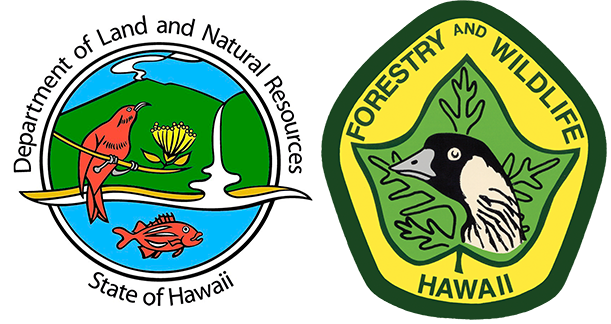
Department of Land and Natural Resources Division of Forestry and Wildlife

Hawaii Volcanoes National Park

Haleakalā National Park
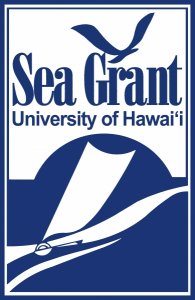
Hawaiʻi Sea Grant supports research, extension, education, and communication services directed to the improved understanding and stewardship of coastal and marine resources. Hawaiʻi Sea Grant also connects academia, federal, state, and local government agencies, industries, and local community members.
The Pacific Southwest Research Station represents Forest Service Research and Development in the states of California and Hawaiʻi and the U.S.-affiliated Pacific Islands.
KUPU’s mission is to to empower youth to serve their communities through character-building, service-learning, and environmental stewardship opportunities that encourage pono (integrity) with Ke Akua (God), self, and others.
The Hawai‘i Green Growth network was established in advance of the 2011 Asia Pacific Economic Cooperation (APEC) summit to identify green growth policy priorities for an island economy.
Nā Wai ‘Ekolu shares scientific equipment, training, and curriculum that allows schools to participate in building a scientific database of information, in analyzing and interpreting data used to monitor and manage watershed health, and develop a greater scientific understanding of watershed biodiversity, climate, and issues such as infectious disease, flood mitigation, and pollution.

